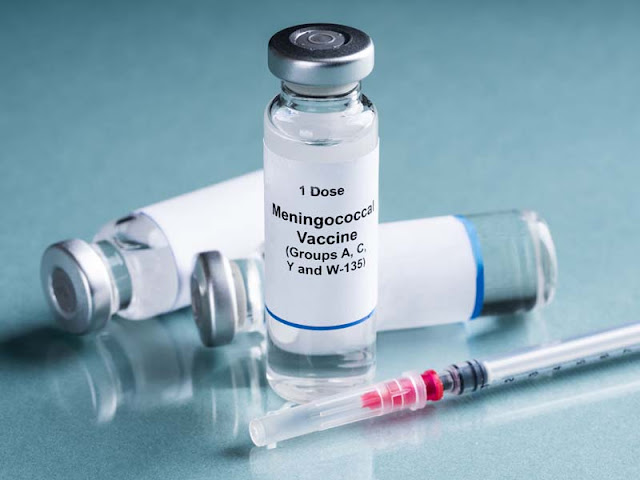Biopolymers and Nanotechnology: Synergies for Advanced Biomedical Applications
 |
| Biopolymers |
The damaging effects of plastic
pollution have become impossible to ignore. Conventional plastics derived from
petroleum are clogging our oceans, harming wildlife and taking centuries to
break down in landfills and the natural environment. As concerns over
sustainability and the environmental impact of plastics continue to grow, researchers
are looking to nature for inspiration and alternatives. Biopolymers—polymers
produced from renewable biomass sources—offer a promising solution as
sustainable and biodegradable replacements for conventional plastics.
What are biopolymers?
Biopolymers, also known as
bioplastics, are polymers produced wholly or partly from renewable biomass
sources such as vegetables and microorganisms. Some common biomass feedstocks
used in biopolymer production include corn, sugarcane, cassava and microbiological
fermentation of sugar. Biopolymers function in the same way as conventional
plastics but have the advantage of being wholly or partly derived from
renewable and sustainable sources instead of from fossil fuels. They also have
the potential to be compostable or biodegradable.
Major types of biopolymers
There are several major
categories of biopolymers currently in use or under development:
- Starch-based bioplastics: Made
from plant starches like corn, potato or wheat starch. Starch-based bioplastics
are compostable but have relatively low heat resistance. Examples include
polylactic acid (PLA) and biodegradable mulch films.
- Cellulose-based bioplastics:
Produced from cellulose, the most abundant organic polymer on earth found in
trees and plants. Examples include celluloid, one of the earliest man-made
polymers. More advanced cellulose derivatives show promise.
- Protein-based bioplastics:
Produced from proteins like zein, a prolamin protein from corn. Protein-based Biopolymers
exhibit good oxygen barrier properties but their water vapor barrier properties
require improvement.
- Microbial bioplastics: Produced
through fermentation of microbial cultures such as algae, fungi or bacteria.
Polyhydroxyalkanoates (PHAs) are a prominent example being developed at
commercial scale.
- Biopolymer composites:
Combining biopolymers with other organic or inorganic materials to improve properties.
For example, PLA composites with natural fibers display good mechanical
properties.
Advantages of biopolymers
Some key advantages that make
biopolymers promising sustainable alternatives to conventional plastics
include:
Renewable sourcing: Biopolymers
are produced at least partly from renewable plant and microbial biomass rather
than non-renewable petroleum feedstocks.
Sustainability: Biopolymers have
lower embodied fossil energy and lower greenhouse gas emissions than their
petroleum-based equivalents according to life cycle analyses.
Biodegradability: Many
biopolymers are compostable or biodegradable, breaking down into carbon
dioxide, water and biomass when exposed to microorganisms and oxygen in
composting or natural environments.
Agricultural benefits:
Biopolymers production creates alternative and value-added markets for
agricultural crops and byproducts while providing rural economic benefits.
Health and environmental
benefits: As they are compostable, biopolymers prevent the accumulation of
long-lasting conventional plastic materials in the environment that harm wildlife
and enter the food chain.
Challenges and the road ahead
While biopolymers hold enormous
potential as sustainable alternatives, several challenges remain in the path to
widespread commercial adoption:
- Cost: Production costs of
biopolymers are still higher than conventional plastics owing to raw material
and processing costs. Economies of scale will be required to improve costs.
- Properties: Most biopolymers
have inferior material properties like heat resistance compared to petroleum
plastics that require improvement via advanced material engineering and
composites.
- Standardization: Lack of
international standards and definition for "compostable,"
"biodegradable" and related terms regarding material properties
causes market confusion.
- Infrastructure: Collection
infrastructure and composting facilities need to be expanded to handle large
volumes of bioplastics while maximizing value recovery through compost
production.
- Research gaps: Further research
is needed in areas including higher efficiency fermentation, novel biomass
feedstocks, upgrading biopolymer properties, sustainable recycling technologies
and closed-loop bioplastic systems.
Get More Insights Here
https://www.newsanalyticspro.com/unraveling-the-mysteries-of-natures-versatile-macromolecules/



Comments
Post a Comment